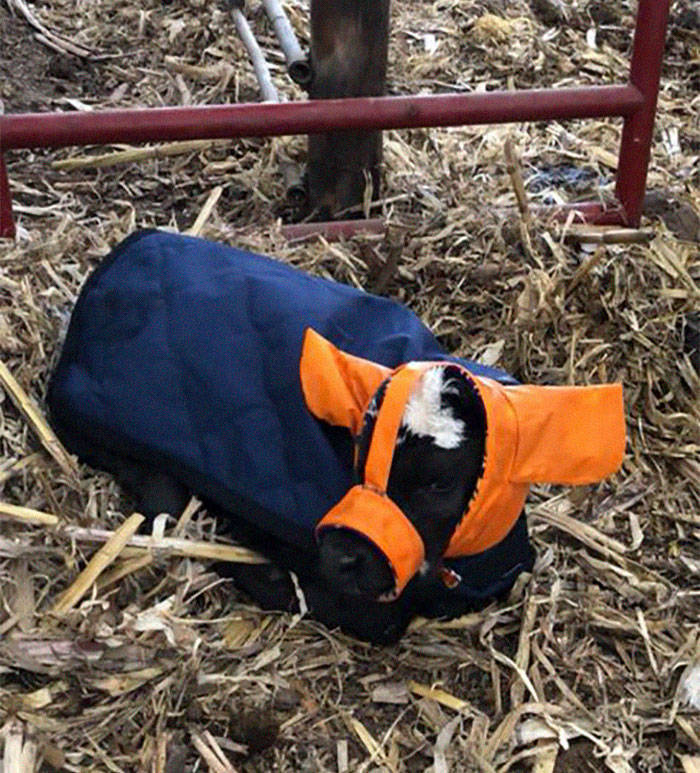When it comes to treating frostbite in cattle, Dr. Whittier recommends the following:
Detect frostbite early. Examine newborn calves carefully when conditions create a risk. If ear-tips are frozen, there is a significant risk that feet may be experiencing damage as well.
Thaw tissues as quickly as possible. Much of the damage of frostbite occurs during the thawing process. Ice crystals form that damage all tissues. A fast thaw decreases ice-crystal time.
Once tissues are thawed, re-freezing must be prevented. This nearly always means housing with heat for several days. Because of damage to circulation from the initial freezing, these tissues will re-freeze very easily.
Tissues that will recover from freezing should stay warm. If tissues are cold to the touch the next day, there has probably been enough damage so that blood supply is gone and the feet or other parts will become gangrenous.
